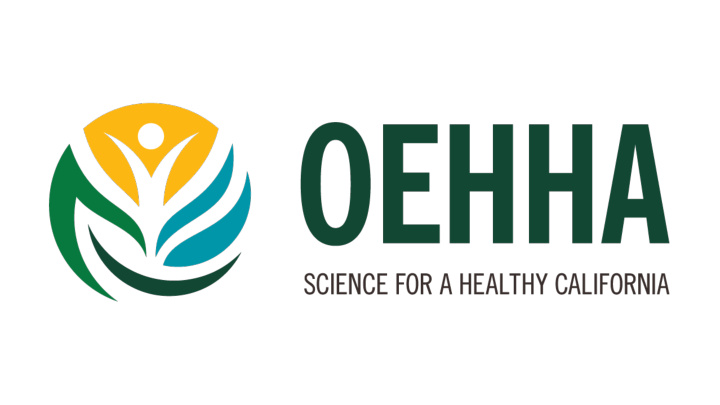



2
1983 3
1983 Red Book Framework NAS 1983 “Red Book” � Two distinct actions – risk assessment and risk management 4
1983 “Red Book” 4 Elements of Risk Assessment Hazard identification (Does the agent cause the adverse effect?) Risk Characterization Dose response (What is the Assessment (What is the estimated relationship between dose incidence of the and incidence in humans?) adverse effect on a given population?) Exposure Assessment (What exposures are currently experienced or anticipated under different conditions?) 5
1986 Ballot Initiative: Proposition 65 6
LEAD 7
Proposition 65 Hazard Identification Hazard identification (Does the agent cause the adverse effect?) Risk Characterization Dose response Assessment (What is the (What is the relationship estimated incidence between dose and incidence of the adverse effect Proposition 65 List of Chemicals in humans?) on a given population?) Known to Cause Cancer or Reproductive Exposure Assessment (What exposures are currently Toxicity experienced or anticipated under different conditions?) Identified by � State’s Qualified Experts (SQE) Carcinogen Identification Committee Developmental and Reproductive Toxicant Identification Committee � Authoritative bodies named by the SQE � State and Federal Labeling 8 Requirements
Proposition 65 Dose Response Hazard identification (Does the agent cause the Assessment adverse effect?) Risk Characterization Dose response Assessment (What is the (What is the relationship estimated incidence Safe Harbor Levels: Exposures at or below which between dose and incidence of the adverse effect in humans?) on a given population?) warning is not required Exposure Assessment (What Carcinogens: No Significant Risk Levels (“NSRLs”) exposures are currently experienced or anticipated under different conditions?) (Title 27 CCR § 25701, 25703, 25705) Reproductive Toxicants: Maximum Allowable Dose Levels (Title 27 CCR § 25801, 25803, 25805) Response Regulations spell out defaults that apply “in the absence of principles or assumptions scientifically more appropriate, based upon the available data…” Dose > 300 Safe Harbor Levels adopted by OEHHA in regulation 9
Hazard identification Proposition 65 Exposure Assessment (Does the agent cause the adverse effect?) Risk Characterization Dose response Assessment (What is the (What is the relationship estimated incidence between dose and incidence Estimating the exposure to a listed chemical that a of the adverse effect in humans?) on a given population?) consumer or by-stander is receiving Exposure Assessment (What exposures are currently Guidance in regulation experienced or anticipated under different conditions?) Extent of exposure - Title 27 CCR § 25501 - 25505 Carcinogens - Title 27 CCR § 25721 Reproductive Toxicants - Title 27 CCR § 25821 10
Hazard identification Proposition 65 & Risk Characterization (Does the agent cause the adverse effect?) Risk Characterization Dose response Assessment (What is the (What is the relationship estimated incidence between dose and incidence Proposition 65 Context: Are exposures sufficiently of the adverse effect in humans?) on a given population?) high to require warning? Exposure Assessment (What exposures are currently Safe Use Determinations: experienced or anticipated under different conditions?) Exposure to a listed chemical use of a specific product is subject to the warning requirement Interpretive Guidelines: Proposition 65 and its implementing regulations interpreted for specific facts or circumstances 11
New Warnings Effective August 30, 2018 before after 12
13
Recommend
More recommend